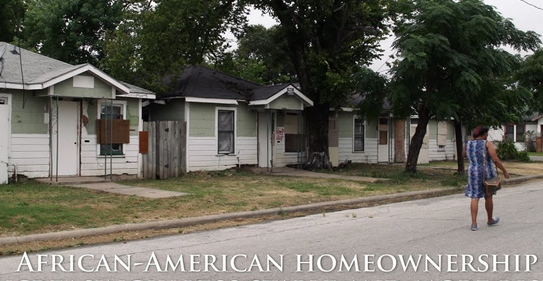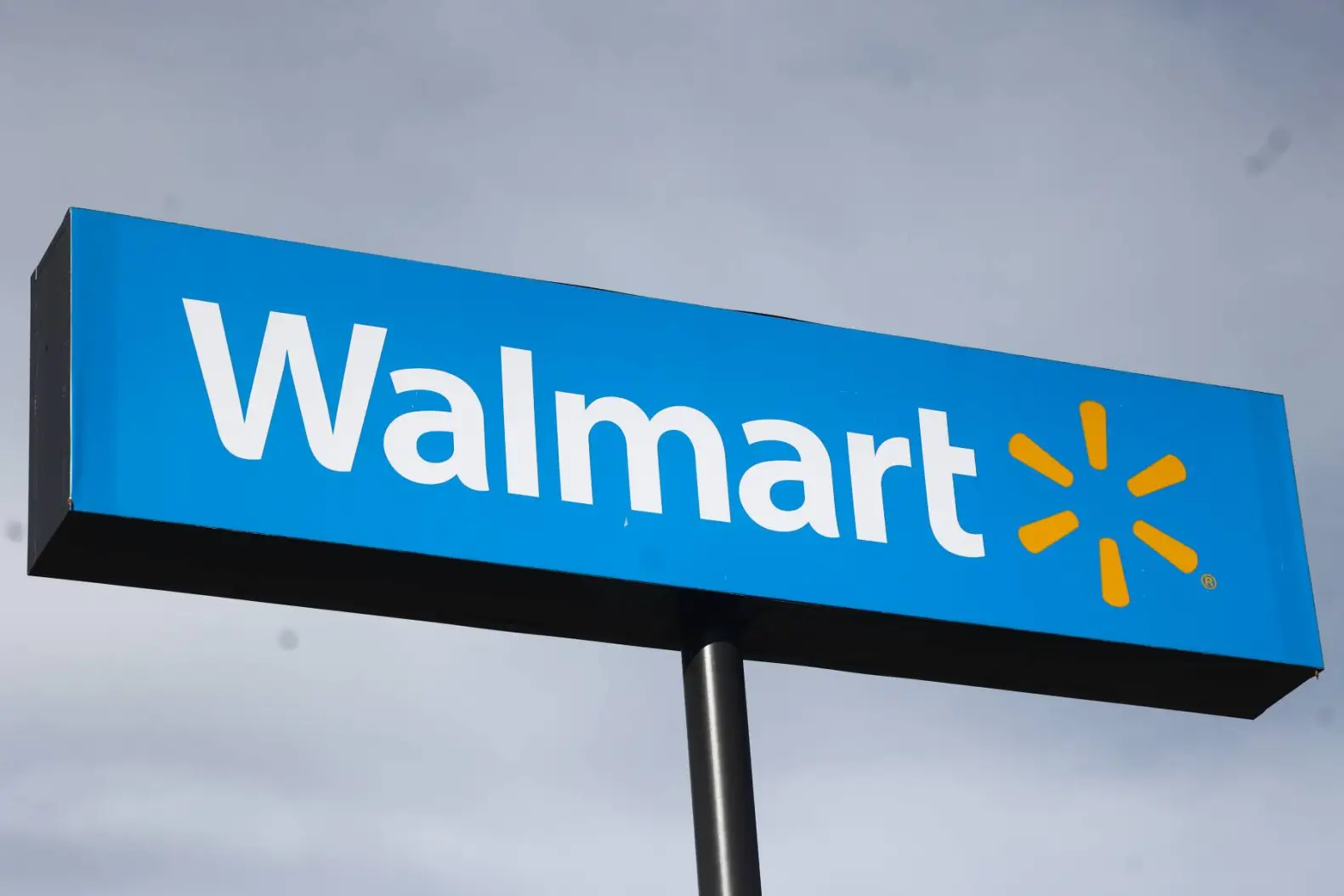Photos: Twitter\YouTube
Black Americans have proven to be highly intelligent and creative people. As such, we all see and know the complexities and difficulties associated with our economic rise. Consequently, the tendency is to use that intelligence and creativity to identify and implement solutions that facilitate our economic rise.
Consider the case of Ice Cube’s (O’Shea Jackson’s) “Contract with Black America” (CWBA), which was promulgated during the runup to the 2020 US Presidential Election. BlackEconomics.org’s “Rob” Robinson commented on the CWBA at that time, and we have concerns about Ice Cube’s newly crafted version of the CWBA that is designed to improve the Black American economy.

Forbes Magazine reported on June 30, 2022, that Ice Cube and his associates have negotiated a $100 million partnership with the National Football League (NFL) to create business opportunities for Black American businesses. On the surface, one could argue that there is very little to argue about concerning this action—either with Ice Cube or with the NFL. However, intelligent minds always look below the surface.
The agreement calls for the NFL spending more with qualified “national Black businesses,” such as stadium food vendors, manufacturers, production companies, and marketing and advertising agencies. What is not clear is whether the $100 million is separate and apart from the $250 million that the NFL has already pledged (see www.nfl.com) over 10 years to aid Black Americans. In any event, Ice Cube’s new effort is designed to “close America’s racial and economic wealth gap.” This certainly sounds good.
However, a fundamental question that we should ask is: (1) Is this the best strategy for closing the racial wealth gap? Our answer: Definitely not!
We should acknowledge the work of economists who confirm that there is an important association between the absence of homeownership and a wider racial wealth gap.[1] Currently, the homeownership rate for Black Americans stands at just 44.7 percent.[2] Therefore, a good strategy for helping close the racial wealth gap would be to help Black Americans increase our homeownership.
Thinking for just a few minutes about Ice Cube’s plan brought the following idea to mind. If all NFL players, who have an average (mean) annual salary of $2.7 million, were to contribute just five percent of their salary each year to help Black Americans, it would yield about $230 million.[3] This is less than two percent of the NFL’s annual revenue and a smidgen of the NFL’s net worth.
What could be done with the $230 million annual sum?
In sequence or on a widespread distributive basis, these funds could be transmitted to banks or credit unions (preferable Black-owned) located in or near Black areas of influence (communities) in NFL cities. The funds could be dedicated to providing concessional loans for home purchases in Black areas of influence.[4] These investment funds could be rolled over perpetually in the form of home loans, and the interest earnings could be returned to an NFL players’ retirement fund.[5]

This focused effort to reduce the racial wealth gap by using institutions (banks and credit unions) with proven skills in performing lending operations is likely to be more successful than extending funds to just a few Black businesses that qualify for engagement under Ice Cube’s plan.[6]
Not only would Black American homeownership rates rise, which would contribute to closing the racial wealth gap, but expanded ownership of our areas of influence would also increase our ability to control these areas and realize greater autonomy and self-determination.
Now cast this concept broadly to other key sports leagues (Major League Baseball, the National Basketball Association, and Major League Soccer), and you will see that the $230 million per year housing fund could swell to a much larger sum.[7] While the amount appears small in today’s world of billionaires and trillion-dollar economies, the impact could be significant over time.
A key point of this commentary is that Black Americans should be careful to ensure that we address problems with correct solutions. Also, we should be careful to consult scholarship as we seek to solve our problems. Most importantly, our efforts should be aimed at solving problems in the most efficient way. Clearly, in this case, action through tried-and-true financial institutions in or near our areas of influence with existing expertise trumps scampering to identify a few Black businesses that qualify to participate in Ice Cube’s plan.
We do not contend that the ideas expressed here constitute the “best” strategy for Black Americans to reduce the racial wealth gap. However, they certainly approach or meet the criteria established in the preceding paragraph. What we do contend, however, is that, if Black Americans want to make considerable progress on the economic front, then we should discontinue striking out haphazardly with wide-ranging plans and take care to identify integrated solutions to problems that fit into an overarching strategic plan—something that we are working with others to produce as we speak.

Dr. Brooks Robinson is the founder of the BlackEconomics.org website.

Lindsey “Rob” Robinson is a co-contributor at BlackEconomics.org
References:
[1] See for example, Darity et al, “What We Get Wrong About Closing the Racial Wealth Gap,” https://socialequity.duke.edu/wp- content/uploads/2019/10/what-we-get-wrong.pdf (Ret. 071322); and Bhutta et al, “Disparities in Wealth by Race and Ethnicity in the 2019 Survey of Consumer Finances;” https://www.federalreserve.gov/econres/notes/feds- notes/disparities-in-wealth-by-race-and-ethnicity-in- the-2019-survey-of-consumer-finances- 20200928.htm (Ret. 071322).
[2] See the St. Louis Federal Reserve Board’s FRED: https://fred.stlouisfed.org/series/BOAAAHORUSQ1 56N (Ret. 071322).
[3] The average salary estimate is from a 2018 Los Angeles Times article; https://www.latimes.com/sports/nfl/la-sp-nfl-myths- 20180126-story.html. The $230 million value is calculated as follows: The average salary times five percent, times 32 teams, times 53-man rosters. All NFL players could be required to contribute because they all benefit from league operations; about 60 percent of NFL players are Black.
[4] The loans could be extended at very low interest rates and the borrowers could qualify with less than perfect credit scores. However, borrowers should reflect a solid work history and reflect good prospects for future employment.
[5] At some future point, it might be determined that the funds should be redirected to assist with other aspects of the Black American economy—after homeownership is less of a concern.
[6] There is the “chicken or the egg” conundrum: i.e., which do you provide first? Do you provide jobs first or opportunities to borrow to achieve homeownership first? What we know is that many Black Americans today with jobs could qualify for the proposed concessional loans as outlined. However, they do not meet conventional loan requirements. These Black Americans lose a lifetime paying rent and have no opportunity to build wealth through homeownership. Also, it is important to keep in mind that the expansion of Black businesses that is expected under Ice Cube’s plan would not only benefit Black American workers, but non-Black workers as well.
[7] Ice Cube plans to carry his plan to these leagues.









